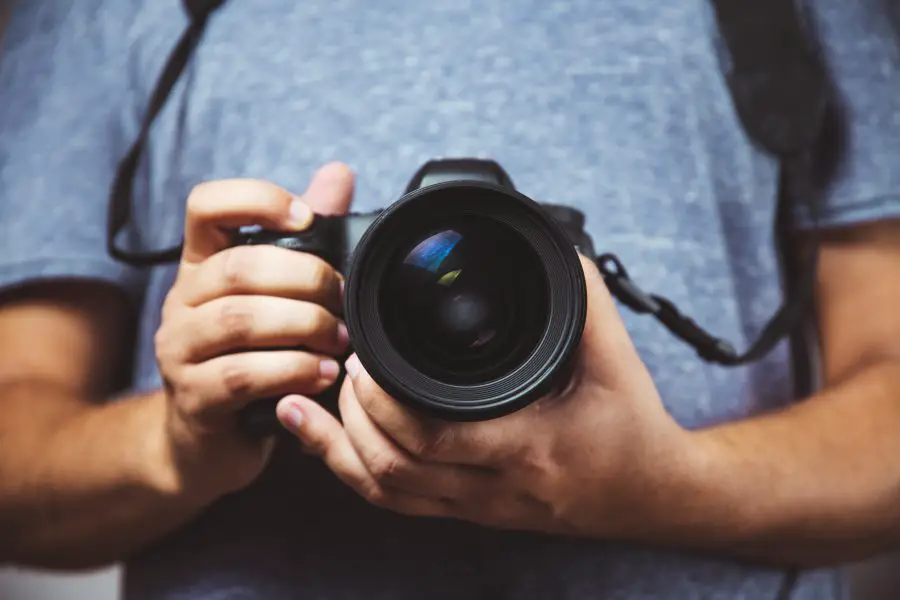With the world of photography constantly evolving, it is in the best interests of the photographer to be on top of their game through research and learning. Our article on 277 photography tips today sure provides something substantial for everyone to sink their teeth into – amateur or expert.
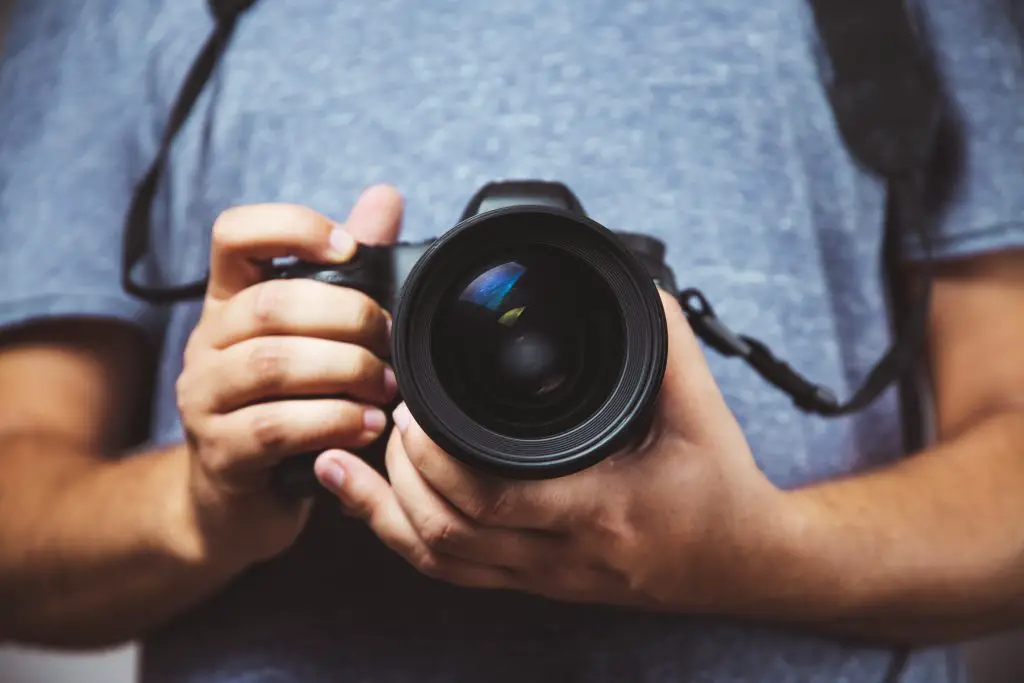
Because there’s a lot to go through today, we will hit the ground running. We begin with beginner photography tips that the experts swear by. Then as we delve further into the article, we will zero in on more specific tips for more specific kinds of photography.
Ready or not, here we come!
Beginner Photography Tips
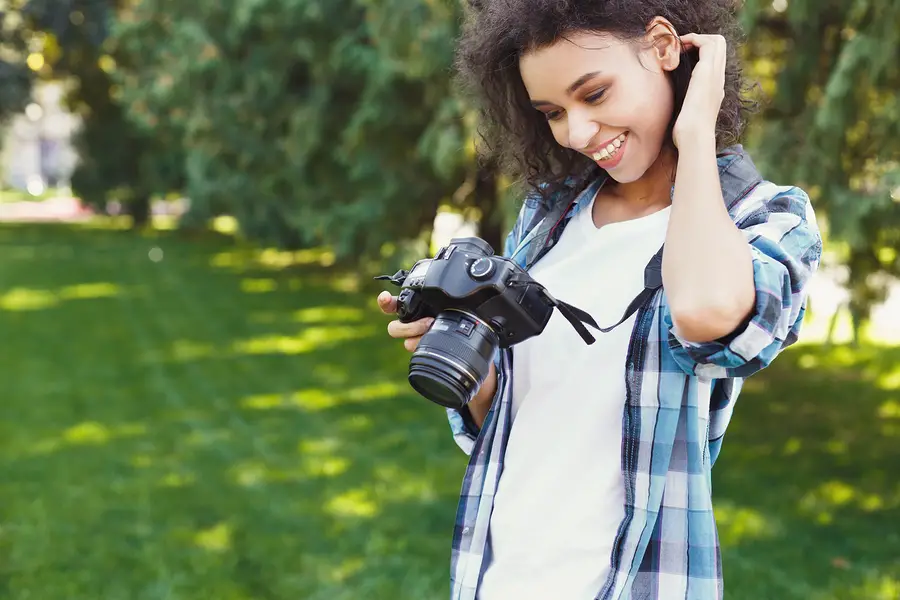
Photography Tip #1 — You Don’t Need The Most Expensive Gear Just Yet
Don’t go crazy. You can take amazing photos even with your affordable point and shoot. What you need to take better photos, for now, isn’t better gear. It’s practice.
The truth is that, as you get more familiar with cameras and their accessories, you begin to find that the difference between some of these accessories are not so many. At least at a particular price range, nearly everything you get is quite good.
Plus, many of the entry-level DSLR cameras you find today are even better than the high-end film SLR cameras you find today. Yet, these film photographers are making it work somehow.
So, for now, focus on your skills, not your gear (source).
Photography Tip #2 — Your Composition Deserves Some Thought
If you want your photos to come out engaging, then you’re going to have to put some thought into what you’re photographing. Actually put some thought into it while composing your photos so they come out looking good.
This means that you must learn the basics of compositions. Although we go in depth on composition tips later in this article, there are a few we can share right off the bat.
For instance, you don’t want to remove important aspects of the subject with the edges of the frame. It’s also important to remove distractions from the photo and to keep the horizons level as well.
Finally, check out if the end result has a sense of simplicity and balance. Don’t worry if it doesn’t look good at first, just keep at it until you finally get it (source).
Photography Tip #3 — Not All Settings Matter
Especially as a beginner, you could easily get overwhelmed at all the settings there are on a camera. in fact, even expert photographers sometimes struggle with these things sometimes. So, it’s perfectly normal to feel a little intimidated at first.
But then again, as a beginner, your first duty is to learn. This means that you must practice taking photos with other modes besides full auto. If you continue to take photos in full auto, you won’t learn anything as the camera would be making all the decisions for you.
Sure, in the beginning, it’s a struggle, but with some reading, you will begin to get the grasp of things.
That said, like the heading says, not all settings matter. At least, not yet. For now, the three most important of all the settings you have are your shutter speed, ISO, and aperture.
Once you’ve gotten a good grasp of those, you then want to learn to focus correctly. For now, you might want to go for the One-Shot AD if the subject is stationary, and AI Servo if the subject is moving.
Please avoid shooting using manual focus for now except lighting is so poor your autofocus isn’t functioning.
Finally, a setting you must not compromise is RAW. Shoot in RAW. This way, whether you want to edit the photos right away or that’s something you think you might want to do in future, you have enough latitude to do that.
JPEG might look good, but in post, it does not give the photographer enough wiggle room to edit (source).
Photography Tip #4 — Avoid Overexposing Your Highlights
In picking camera settings, make sure you don’t end up overexposing your highlights. If you do that, you won’t be able to recover detail in the white areas of that photo.
Fortunately, it’s quite easy to ensure that your highlights stay intact. But this means that you’d have to master your aperture, ISO and shutter speed settings like we mentioned earlier. These settings are the only ones which affect how bright your photos turn out directly. Of course, barring flash settings.
So, when taking your photos, you want to watch the screen to be sure there’s no overexposure. If you, however, notice there is, then the first step to take is to reduce ISO to base value, which is usually ISO 100.
If your ISO is already at 100 and you still have that problem, then try using a faster shutter speed. With these two fixed, you shouldn’t have problems with overexposure.
As for the aperture, this hardly constitutes a problem so long you don’t have it set to something crazy like f/32, f/45 and the rest (source).
Photography Tip #5 — Light Is Super Important
You’ve definitely heard it said before. Light is perhaps the singular most important variable in photography. Taking photos with correct lighting is a major step in the right direction when it comes to taking photos.
So, what is great lighting? Hint: It’s not just about sunsets.
When it comes to lighting, what you want to aim for is to balance light intensity so it doesn’t clash between your subject and the background. Even a photo of a beautiful sunset can get ruined by a dark, silhouetted foreground.
So, how do you fix this?
Focus on the direction of the light, as well as the softness of the light. Light that is too harsh will cause shadows to form and this could be a big problem especially if you’re doing portraits.
If the angle of the light isn’t exactly flattering, try moving it around, if it’s a studio. If you’re outdoors, try to change the position of the subject. And if it’s landscapes you’re doing, then perhaps wait till the lighting gets better.
Handheld photos, especially, need enough light. if you can’t get that, then use your flash or change your position (source).
Photography Tip #6 — Slow Down
If you’re always in a hurry, you’d make a lot of missteps. So, always learn to take your time especially when you’re still learning the ropes.
Double-check your settings. You don’t want to be using night settings for an outdoor shoot, for instance. How about your composition, autofocus and light? Are they perfect?
Again, while you might not want to review photos in the heat of an amazing action right in front of you, it’s good to check out your photos when you have some lag time. Better to sort the problems when you’re in the field than to come back and observe them on your computer (source).
Photography Tip #7 — Keep Moving
Don’t just stay in a place when taking your photos. Try to move around with your feet and/or your tripod. You can’t have your entire portfolio showing photos without any form of experimentation at all. It would be boring and you’d have missed out on some potentially awesome shots.
Plus, by moving your feet, you get to change your subject’s size and relative position in the photo. If, for instance, there’s a distracting in your composition, you can move around until the object is out of the frame or at least no longer distracting (source).
Photography Tip #8 — There Are Times To Use A Tripod – Know Them
A tripod is one of the camera accessories you are advised to get as a beginner because it solves a number of problems, especially lack of proper lighting. Using a tripod, you’d be able to capture details accurately even in scenarios that are too dark for the human eye to see clearly.
Also, tripods give your compositions stability, also helping you take sharper photos.
Now, if your subject is stationary, then you almost always have to use a tripod to take the photos. So, in summary, if you’re into architectural photography, landscape, or still life, you absolutely need a tripod.
For certain photography types like event photography, and action, a tripod might slow you down. Travel photographers might also feel like a tripod would constitute a burden, and it might. But, if you don’t always have a tripod, truth is you miss out on a lot of great photos (source).
Photography Tip #9 — Know When A Flash Is Required
We all know that flashes are used in the dark. But do you know that a flash can also be useful outdoors? Well, they can.
You’ve probably heard of the phrase “fill flash,” but if you haven’t, it’s actually quite simple. So, there’s this ugly shadow on your subject and, of course, that has to go. You can make use of a gentle flash while taking the photo such that no one can tell, at the end of the day, when they see the photo (source).
Photography Tip #10 — Keep Your Camera Lens Clean
The quickest and easiest way to get blurry photos every time is to work with smudged up camera lenses.
Sure, there will always be that little bit of dust in every lens which, thankfully, do not affect photo quality.
However, there is literally no excuse for grimy lenses smudged with fingerprints literally begging to be cleaned. Make sure you own a lens cleaning solution and small microfiber cloth with which to wipe your lenses and then do that, at least, weekly (source).
Photography Tip #11 — Avoid Cheap Filters
Second to dirty lenses, another way to end up with blurry photos every time is to use a cheap filter. Best to avoid them altogether (source).
Photography Tip #12 — Pick Up Basic Post-Processing Skills
Although, right now, it might not look like post should be your primary focus, some basic post skills might actually be of great help to the young photographer.
Now, in the beginning, you might find yourself overdoing it a little bit. That’s normal, you’re still learning. So, for this reason, it’s always best to ensure that your edits are not permanent. That is, no destructive editing.
So, you either want to “Save As” or you can edit using software that preserves your original file.
With time, you’d definitely get better at processing which is why it is good to start early. But also, keep in mind that you want to be quite subtle so your photos don’t come out looking overtly processed (source).
Photography Tip #13 — Always Back Up Your Photos
Your hard drive will eventually break down. It’s not a possibility. It’s a fact. So, it would be silly and amateurish to have all your photos in one hard drive. You need to ensure that every single photo you take is backed up. No exception.
So, there’s this rule called “the 3-2-1 rule.” In essence, at every given time, you must have 3 copies of each of your photos, at least. These copies should come in two different media forms, at least. Maybe one in the internal hard drive and another in a removable storage device. Then, one of the backups must be in off-site storage.
So, there you have it. The 3-2-1 rule – best and easiest way to not lose your photos (source).
Photography Tip #14 — Stay Organized
The idea of being organized goes beyond making your work faster with easy-to-find photos. If your photos are disorganized, there’s a good chance you could delete a whole folder containing important images before you realize it.
Develop a method that works for you and that’s easy to help you remain organized so you don’t run into issues (source).
Photography Tip #15 — Be Willing To Experiment
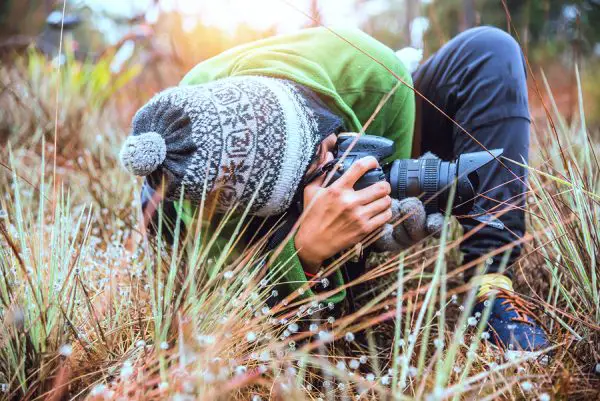
Photography becomes more interesting when the photographer is willing to try new things. Don’t fall into the trap of routine. Once in a while, why not try going out on a limb?
Different lighting, different location, different post-processing style, something fresh! You’ll definitely find something new that you can always apply to your photography for the best results. Or you could create memories. Either way, win-win (source)!
Photography Tip #16 — Keep A Company Of Photographers
To keep inspiration fresh and keep improving, it’s good for photographers to surround themselves with fellow photographers.
The truth is many photographers love to share the techniques and tips they use with other photographers. Even if you like to learn on your own, still make out time to mix up with other photographers.
Another good place to find fellow photographers are online forums. Plus, you can email photographers you love and respect too (source).
Photography Tip #17 — Don’t Be Afraid To Call Yourself Out On Your Weaknesses
While you’re still on your road to perfection, it’s really easy to fall back to your comfort zone when the going gets tough. Don’t!
Instead of trying to gloss over your flaws, work to fix them. That’s the best way to improve. This advice would also work for experts as well (source).
Photography Tip #18 — Revisit Your Old Photos
This tip is similar to the one before it. Revisiting your old photos will help you find out what your weak points are so you can fix them. Also, from time to time, it’s possible to strike photography gold that you never noticed before while digging through the archives (source).
Photography Tip #19 — Learn All The Rules
Rules are not bad. They don’t hinder creativity either. Truth is, if you don’t learn them first, you’d break them in a way that would make your photos look horrible. So, learn the rules first before you break them. However, you don’t have to learn them all before you pick up the camera. Learn as you shoot (source).
Photography Tip #20 — Exposure and Focus Come First Before Framing
If your photo isn’t properly saved, it might be saved. However, if exposure and focus are not right, the photo is, practically, unusable.
So, be mindful of exposure and focus especially when the scene is extremely lit or extremely dark (source).
Photography Tip #21 — The Eyes – Keep Your Focus There!

The eyes are the natural focus point that people connect to when looking at a photo, so keep your focus there. Whatever aperture you might be taking your portrait at, make sure you zero in on the eyes. If you do that, you’re more likely to get a great shot (source).
Photography Tip #22 — Be Ready Always
Ensure your camera is always on and keep them in semi-auto or full auto mode for those unexpected photos. Sometimes, all you have a split second and the opportunity to take a great photo is missed. Hence, for a planned photoshoot, you can (and you should) do without the full auto mode. But for those unexpected times, full auto mode can help you take a fantastic shot in a split second (source).
Photography Tip #23 — For Portraits, Use Wider Aperture Settings
You want to keep aperture size between f/2.8 and f/5.6 when taking portraits. This will blur out the background behind the subject, thereby making them less distracting.
If you want, you can make the aperture settings even wider. However, in all you do, remember tip 21, the focus must be on the eyes (source).
Photography Tip #24 — Match Your Focal Length and Shutter Speed To Remove Blurriness
So, say you’re working with a 50 millimeter lens, then you should use a shutter speed of 1/50 second at least when shooting handheld. This will keep them looking sharp.
Now, with longer lenses, it could be a bit tasking to steady them because they are heavier than normal lenses. This is why it is always good to go with faster shutter speeds in order to prevent camera shake (source).
Photography Tip #25 — When Editing, Don’t Forget To Crop And Straighten
Usually, you should be able to straighten your shots using your viewfinder. But, admittedly, that’s a little difficult at first especially because viewfinders are so small.
So, when editing your photos, you want to straighten all crooked photos. Also, don’t forget to crop out any empty space you might find (source).
Photography Tip #26 — Prevent Camera Shake
If there’s a camera shake, your resulting photo could end up unusable. To work around this, increase ISO, widen your aperture, and use a faster shutter speed.
Now, sometimes, doing all of that might not be a good option as it might affect other aspects of the photo. So, as an additional tip, we would advise you to learn proper camera handling. That’s one of the best ways to prevent or, at least, reduce camera shake (source).
Photography Tip #27 — Open Both Eyes While You Look Through The Rangefinder
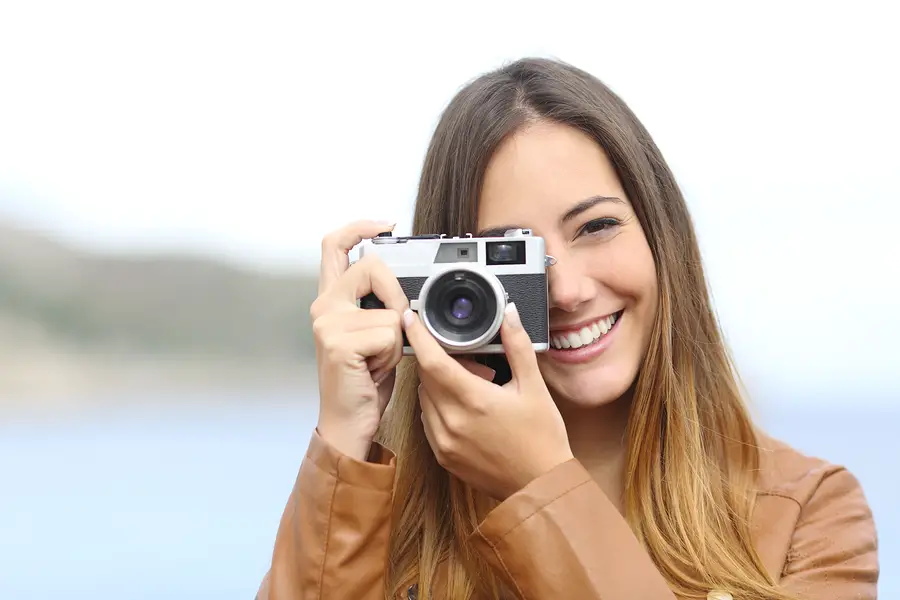
One advantage of doing this is that you’re able to connect with your subject as they can see, at least, one of your eyes. If you close your other eye, some subjects might feel a little uneasy being unable to connect with you. You could give the feeling that you’re hiding away behind your camera.
Also, with both eyes open, you’d be able to tell when your subject enters the frame. This is particularly important for taking photos of animals, for sports, and for other kinds of action shots (source).
Photography Tip #28 — Learn In-Camera Exposure Compensation
Sometimes, your photos end up with poor exposure (too bright or too dark) for a number of reasons. A number of reasons can lead to this. For instance, it could be as a result of the difference in brightness between the dark and light areas in the scene you’re shooting.
Whatever the problem is, these things can easily be fixed by using what we call the in-camera exposure compensation (source).
Photography Tip #29 — Photograph Your Passion
If you want photography to be enjoyable for you, then photograph your passion – things you actually enjoy. That could be pets, babies, nature, architecture. Whatever it may be, begin your journey by photographing these things to keep your interest alive especially when obstacles begin to show up (source).
Photography Tip #30 — Don’t Miss Out On Reflections
You usually find reflections after (and, sometimes, during) rainy days in lakes, puddle, or swimming pools. But water isn’t the only thing that can produce reflections. You can try with big glass windows, mirrors, or chrome fixtures (source).
Digital Photography Tips
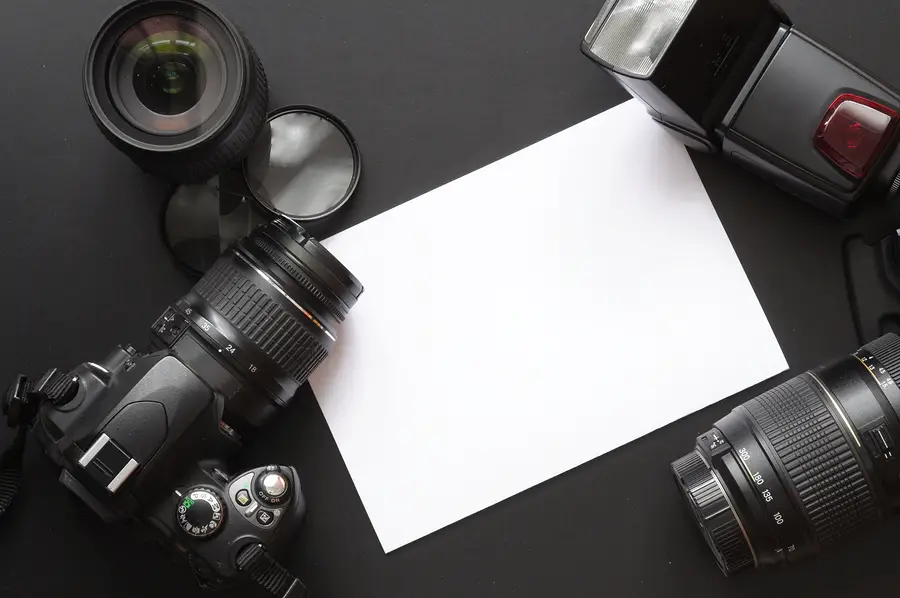
In many ways, digital cameras and film cameras are same. However, the unique features of digital cameras make them able to take way better features than you could possibly dream of with film cameras. Here are some tips that can tell you as culled from the experts in the business.
Photography Tip #31 — The Best Photos Are Shot Not Edited
You must keep in mind that nothing differentiates digital photography from good old photography. So, the belief that you no longer need to put in effort when taking your shots because you have computer on your side is one to jettison and quickly too.
Some people seem to believe that all you need to do is get a software and it would transfer an amateurish photo into something to rival that of a pro. We’ll be the first to tell you that that’s never going to happen.
Photography is art and so the photographer must understand the craft instead of leaning on software. Good photography must be able to engage the audience and communicate well (source).
Photography Tip #32 — Adjust Shutter Speed According To The Focal Length Of Your Lens
The focal length of your lens is the size of your lens. To determine the ideal shutter speed for your shoot, divide the number 1 by the size of the lens in millimeters. The resulting value should tell you the minimum shutter speed, in seconds, that you’re to use.
Having a tripod makes things easier for you and you won’t need to do this measurement. But then again, it’s always a good thing to know how focal length works (source).
Photography Tip #33 — The Rule Of Thirds Is Super Important
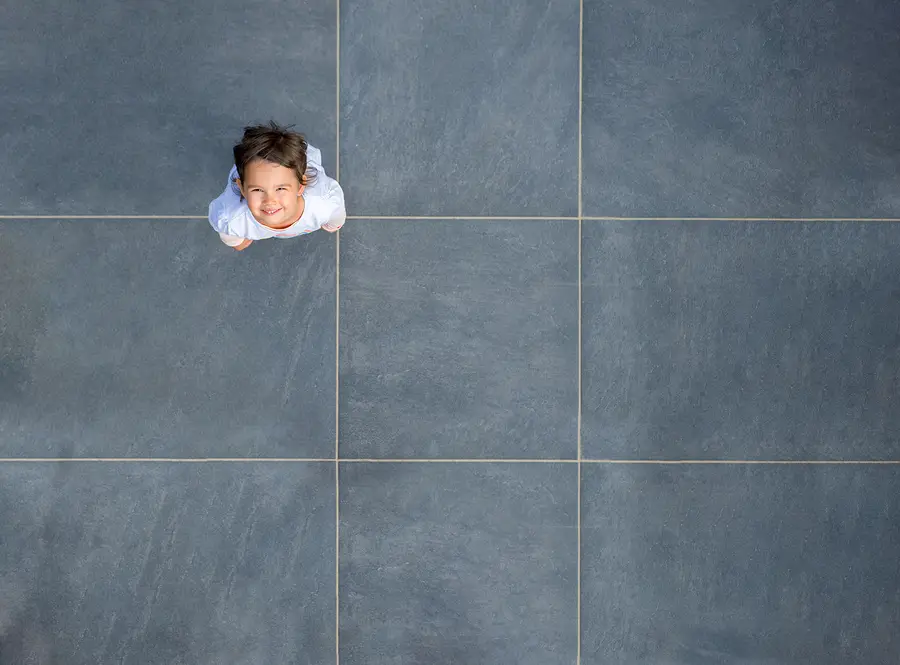
This is a rule of composition to help you take the most engaging photos. So, how do you work this rule to take wow photos?
Draw four imaginary lines on your image – two vertical, and two horizontal. This should divide your image into 9 equal squares.
Now, with some images, having the subject dead center would be best. However, sometimes, placing the subject slightly off-center, specifically at an intersecting point where two of the imaginary lines meet could make the photo look more aesthetically pleasing.
Typically, photos taken using this rule of thirds turn out way better than those taken without observing this rule (source).
Photography Tip #34 — Master the Exposure Triangle
The exposure triangle comprises the aperture, ISO, and shutter speed. Because these guys are related, generally, when you touch one of them, you’d have to make an adjustment to one of the other two, at least, if you want to get the best results.
Don’t fall into the trap of using auto mode. It will take care of the controls, but, in the end, the photos fall short of your expectations. Instead, learn shutter-priority and aperture-priority modes (source).
Photography Tip #35 — Consider Getting A Polarizing Filter
Remember that rule where we advised to not get a cheap filter? Well, polarizing filter isn’t one of those.
Experts recommend a circular polarizer because with such kinds of filters, the camera can easily use through the lens (TTL) metering like auto exposure.
So, why is this polarizing filter recommended?
Well, polarizing filters can help to reduce the effect of reflection from metal, glass or water. It also makes the colors of foliage as well as the sky come alive even more. In short, it adds the wow factor to your photos (source).
Photography Tip #36 — Create Some Depth
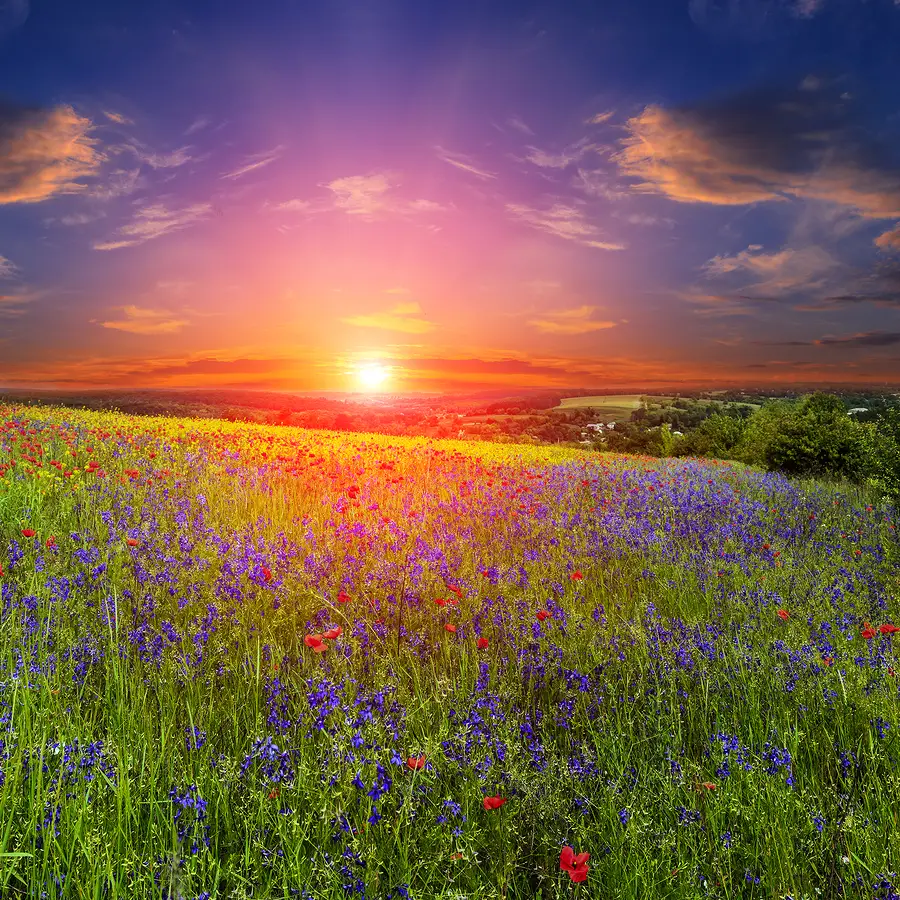
Especially if you’re doing landscapes, it’s always a great idea to create some depth in your photos to make your audience feel like they are at the scene.
You can do this by working with a wide-angle lens. This will give you a panoramic kind of view. And then keep the aperture at f/16 so that the background and foreground come out looking sharp. You can also make the aperture smaller if you want.
Now, if you have a human or object in the photo, the better place to place them is in the foreground. Why? Because this will help the viewer appreciate the scale and how far the distance actually is even more.
Also, don’t forget to go with a tripod. It’s best to take these photos with a tripod since smaller apertures typically require slower shutter speeds (source).
Photography Tip #37 — Keep The Background Simple
It’s quite a tricky shot to make as you need to decide what you’d be including and what you won’t be needing. You don’t want to include anything in your photo that ends up being a distraction.
So, for this reason, most professionals would advise you to go with a plain background like a neutral color, or if patterned, a simple one.
What you want is for the eye of the viewer to know where to go which is the focal point of the image. The eye shouldn’t be wandering around picking up one oddity here or there in your photo. Be especially mindful of this if your model is off center in the photo (source).
Photography Tip #38 — No Flash Indoors
For an indoor portrait, using a flash might be too harsh. So, generally, it’s best to avoid using flash indoors altogether.
As an alternative, consider using a higher ISO, say between 800 and 1600 stops. Also, widening the aperture to the widest possible could also help as more light will get to the sensor this way. It will also help to blur out the background nicely.
It’s best to use a tripod for this kind of shot as you don’t want to risk a blurry image.
Now, if it comes down to it and a flash seems unavoidable, then go with a flash that has a head which you can control. You should point the light, not at the subject but at the ceiling at an angle (source).
Photography Tip #39 — Select An Appropriate ISO
The ISO of your camera tells you how sensitive our camera would be to light. It will also impact how fine or otherwise the grain of your image would be.
Generally, you choose an ISO depending on how dark the scene is. So, depending on how dark, you can set your ISO even up to 3200 stops. But, on sunny days, since you have more light, you can work with ISO 100 or any auto setting (source).
Photography Tip #40 Create Motion Using The Panning Technique
To take a photo of a subject in motion, a good technique to use is the panning technique. You do this by choosing a shutter speed that’s about two steps slower than you need. So, if you’re doing a 1/250, you’d work with a shutter speed of 1/60.
When taking the photo, you want to ensure that your camera remains on the subject while your finger is about half-way down towards the shutter. This helps you lock the focus onto the subject. And then when you’re ready, take the photo, not forgetting to follow the subject as they move.
A tripod will also help you here to avoid camera shakes while obtaining clear lines of movement (source).
Photography Tip # 41 — Play Around With Different Shutter Speeds
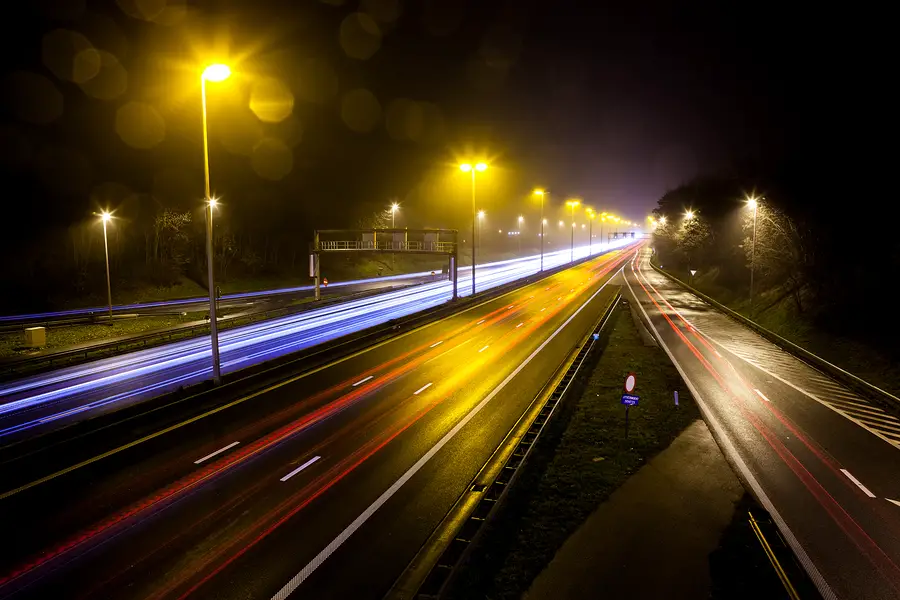
Playing around with shutter speeds can help you create some mesmerizing effects that would intrigue your audience.
So, when you take your night time shot, work with a tripod, and try working with a 4-second shutter speed. This way, you capture the movement of the object but you also capture some light trails alongside which can be really beautiful.
A faster shutter speed, on the other hand, like 1/400th of a second, for example, would freeze motion. So, though trails might appear, they won’t be as bright or as long as with a slower shutter speed.
You can also try shooting all kinds of moving objects and backgrounds at different shutter speeds just to create different effects from blurring movements to freezing action in time.
Now, remember that we slow shutter speeds down in order to blur movements, as such, you should be wary of camera shake so the photo is not blurrier than necessary. Again, get a tripod (source).
Photography Tip #42 — When In The Digital Darkroom, Remember That The Photo Rules
The reason many photographers find using post-processing software difficult to use is because they’ve been taught to focus on the software rather than the photography. But like we have highlighted, the photo rules, and should always rule.
You know why you took that photo. So, let your photographic intent guide you when you do your edits. Be focused on the craft rather than the technology. Don’t learn the “how” before the “why.”
Also, don’t be afraid to experiment with your photos fearlessly. Drop the caution at the door and experiment a little. There’s always the “undo” button if all doesn’t go as planned (source).
